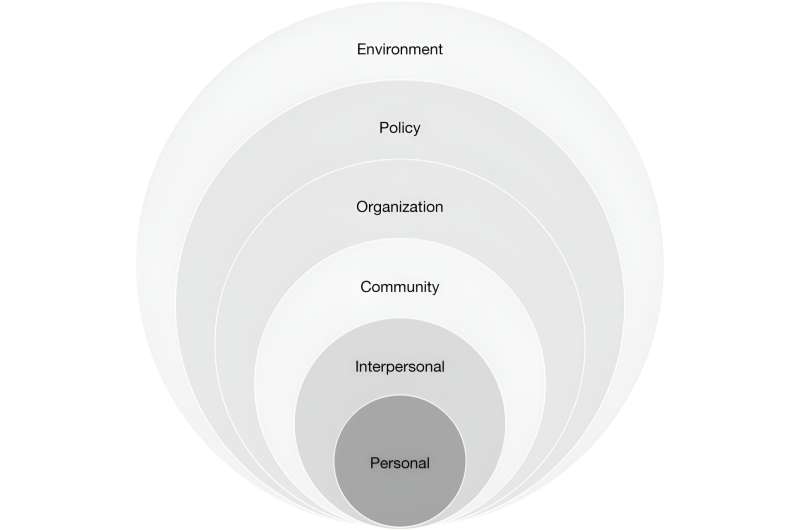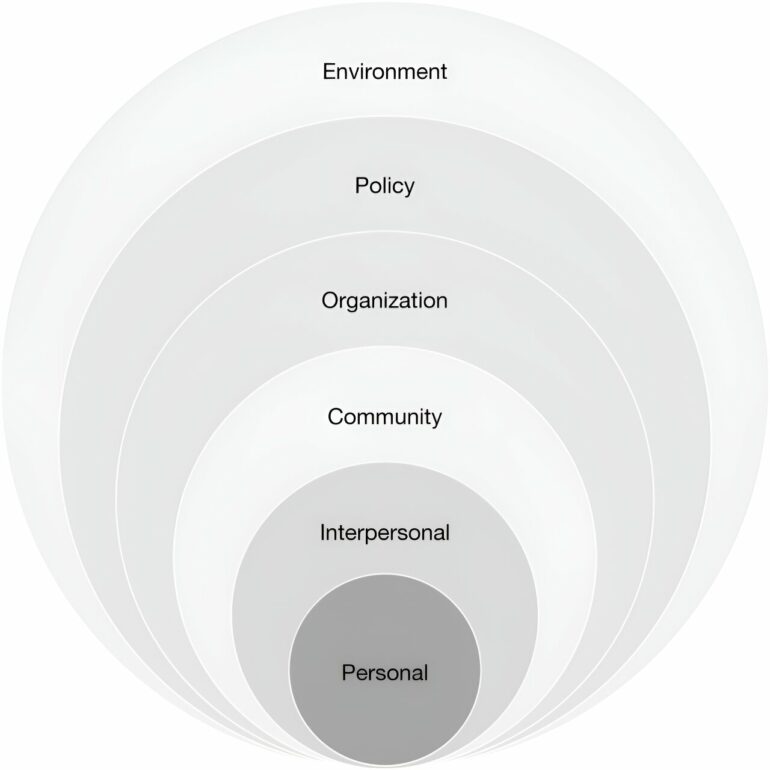As cities around the world continue to draw young people for work, education, and social opportunities, a new study identifies characteristics that would support young urban dwellers’ mental health. The findings, based on survey responses from a global panel that included adolescents and young adults, provide a set of priorities that city planners can adopt to build urban environments that are safe, equitable, and inclusive.
To determine city characteristics that could bolster youth mental health, researchers administered an initial survey to a panel of more than 400, including young people and a multidisciplinary group of researchers, practitioners, and advocates. Through two subsequent surveys, participants prioritized six characteristics that would support young city dwellers’ mental health: opportunities to build life skills; age-friendly environments that accept young people’s feelings and values; free and safe public spaces where young people can connect; employment and job security; interventions that address the social determinants of health; and urban design with youth input and priorities in mind.
The paper was published online February 21 in Nature.
The study’s lead author is Pamela Collins, MD, MPH, chair of the Johns Hopkins Bloomberg School of Public Health’s Department of Mental Health. The study was conducted while Collins was on the faculty at the University of Washington. The paper was written by an international, interdisciplinary team, including citiesRISE, a global nonprofit that works to transform mental health policy and practice in cities, especially for young people.
Cities have long been a draw for young people. Research by UNICEF projects that cities will be home to 70% of the world’s children by 2050. Although urban environments influence a broad range of health outcomes, both positive and negative, their impacts manifest unequally. Mental disorders are the leading causes of disability among 10- to 24-year-olds globally. Exposure to urban inequality, violence, lack of green space, and fear of displacement disproportionately affects marginalized groups, increasing risk for poor mental health among urban youth.
“Right now, we are living with the largest population of adolescents in the world’s history, so this is an incredibly important group of people for global attention,” says Collins. “Investing in young people is an investment in their present well-being and future potential, and it’s an investment in the next generation—the children they will bear.”

Socioecological model. The socioecological model with six levels (personal, interpersonal, community, organization, policy and environment) that are used to categorize the characteristics of a mental health friendly city. © Nature (2024). DOI: 10.1038/s41586-023-07005-4
Data collection for the study began in April 2020 at the start of the COVID-19 pandemic. To capture its possible impacts, researchers added an open-ended survey question asking panelists how the pandemic influenced their perceptions of youth mental health in cities. The panelists reported that the pandemic either shed new light on the inequality and uneven distribution of resources experienced by marginalized communities in urban areas, or confirmed their preconceptions of how social vulnerability exacerbates health outcomes.
For their study, the researchers recruited a panel of more than 400 individuals from 53 countries, including 327 young people ages 14 to 25, from a cross-section of fields, including education, advocacy, adolescent health, mental health and substance use, urban planning and development, data and technology, housing, and criminal justice. The researchers administered three sequential surveys to panelists beginning in April 2020 that asked panelists to identify elements of urban life that would support mental health for young people.
The top 37 characteristics were then grouped into six domains: intrapersonal, interpersonal, community, organizational, policy, and environment. Within these domains, panelists ranked characteristics based on immediacy of impact on youth mental health, ability to help youth thrive, and ease or feasibility of implementation.
Taken together, the characteristics identified in the study provide a comprehensive set of priorities that policymakers and urban planners can use as a guide to improve young city dwellers’ mental health. Among them: Youth-focused mental health and educational services could support young people’s emotional development and self-efficacy.
Investment in spaces that facilitate social connection may help alleviate young people’s experiences of isolation and support their need for healthy, trusting relationships. Creating employment opportunities and job security could undo the economic losses that young people and their families experienced during the pandemic and help cities retain residents after a COVID-era exodus from urban centers.
The findings suggest that creating a mental health-friendly city for young people requires investments across multiple interconnected sectors like transportation, housing, employment, health, and urban planning, with a central focus on social and economic equity. They also require urban planning policy approaches that commit to systemic and sustained collaboration, without magnifying existing privileges through initiatives like gentrification and developing green spaces at the expense of marginalized communities in need of affordable housing.
The authors say this framework underscores that responses by cities should include young people in the planning and design of interventions that directly impact their mental health and well-being.
More information:
Pamela Y. Collins et al, Making cities mental health friendly for adolescents and young adults, Nature (2024). DOI: 10.1038/s41586-023-07005-4
Provided by
Johns Hopkins University Bloomberg School of Public Health
Citation:
Research identifies characteristics of cities that would support young people’s mental health (2024, March 25)



